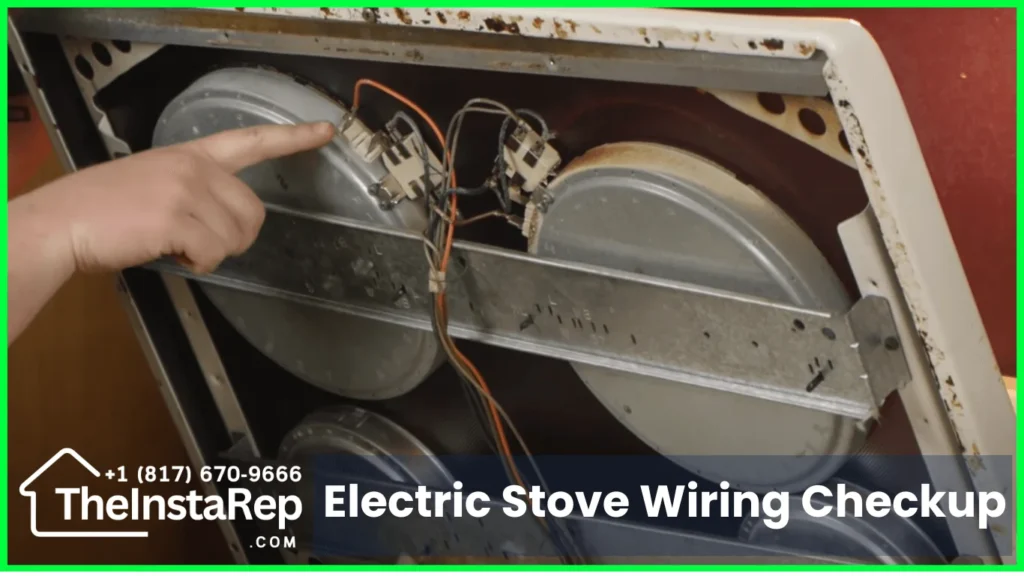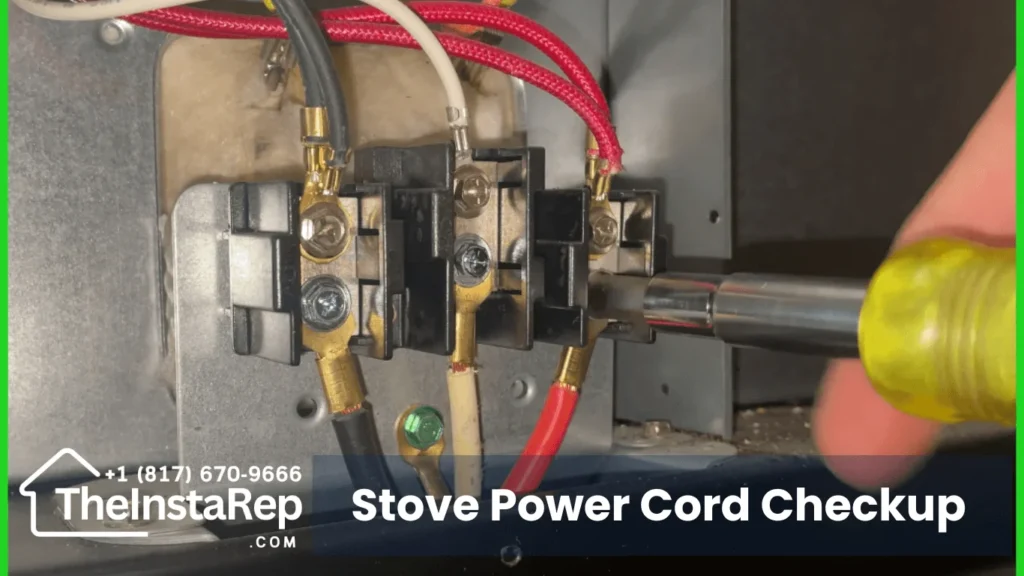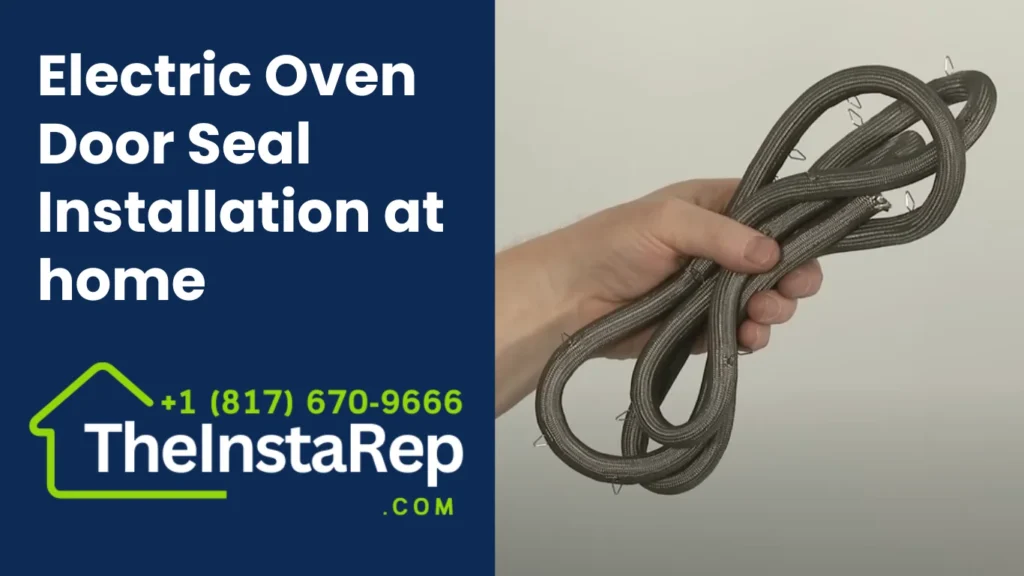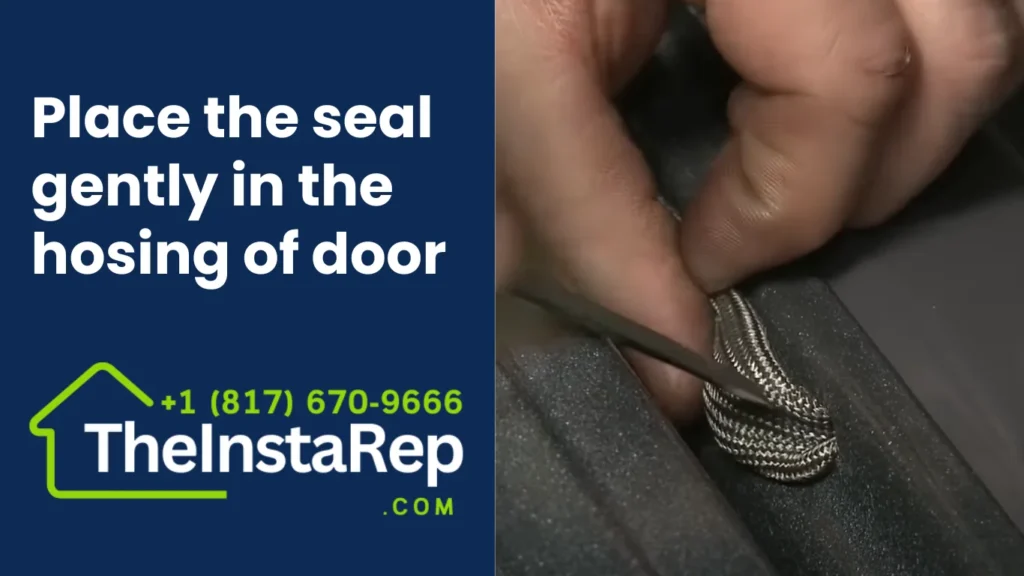How to Troubleshoot and Fix Common Electric Stove Issues?
Some typical electric stove issues could be a limp, noodle-like burner, a circuit board that might provoke sparks, an oven that refuses to heat, a door that stops closing, or even a surface that presents you with a sterile environment.
| Issues | Solution |
|---|---|
| Sparking | Damaged wiring, Moisture, Faulty Switch |
| Not Turning On | Power Supply or Cord, Continuity Check |
| Temperature Sensor | Sensor and its wiring |
| Oven Door Issue | Door Seal, Door Hinges, Screw check |
| Burner not Heating | Element, Switch, its connections |
| Indicators lights, Controls | Control knobs, lights and control borad |
| Stove Burner | Power supply, wiring, control board |
Fixing these problems at home is possible. However, some issues might require professional help. But fret not; we at TheInstaRep will help you fix the electric stove issues. We are a trusted technician in the market, helping people for over a decade.
Book FREE Consultation visit at your doorstep!
We all know that electric stoves have become the standard in modern kitchens. Regardless of their design, electric stoves have moved us away from the traditional open flame or electrical coils that were the norm for cooking in yesteryear. While these appliances provide significant convenience and efficiency for our modern culinary pursuits, our trusty electric stoves sometimes exhibit issues.
In this guide, I’m going to cover the most common issues that have the potential to creep into your electric stove and then explain why that goes along with it.
So, let’s get started
7 Common Electric Stove Problems and There Fixes
Electric machines are prone to damage at any time, and there is no excuse for electric stoves. This machine can cause different problems. Some of them can be burners, not heating or faulty indicator lights. Here, I’ll break down some of the most common problems and how you can address them.
1. The Electric Stove is Sparking
If your stove is sparking, it’s a sign of a potentially severe issue. This can be caused by several factors, including:

You can fix it by disconnecting the power to your stove at the circuit breaker, looking at the wiring and connections, and drying the cooktop out if it gets wet. If nothing can be fixed, take a new burner switch.
2. Stove Not Turning On
A stove that doesn’t turn on can be a significant inconvenience. Here’s how to troubleshoot this issue:
Verify Power Supply:
First, ensure that your stove is receiving power. Here’s what to check:
Test the Power Cord:
A faulty power cord can prevent your stove from turning on. Here’s how to test it:

If you see any damage, repair the cord promptly, according to the manufacturer’s instructions, to avoid any safety risks.
Visual Inspection:
Check for apparent damage, such as if the cord is frayed or if burn marks, curling, or splits are visible. Damage at these points affects the current flow, so the stove won’t work.
Check for Continuity:
Place a multimeter on the continuity function and touch the probes to the ends of the power cord. If the multimeter beeps or there is a continuous readout, the cord is suitable. If not, it needs to be replaced.
3. Faulty Temperature Sensor:
A faulty temperature sensor can lead to inconsistent cooking results. Here’s how to check and fix this issue:
Check the Temperature Sensor
Inspect Wiring Connections
Faulty wiring can also cause temperature sensor issues. Here’s what to do:
Book FREE Consultation visit at your doorstep!
4. Oven Door Issues
Problems with the oven door can affect cooking performance and safety. Here’s how to troubleshoot these issues:
Check the Door Seal:
A faulty door seal can cause heat to escape, leading to uneven cooking. Here’s how to check it:


Other than Oven door seals issue, if your oven is misbehaving due to some other problems, check out our specific article discussing about the Oven Issues and their solutions in detail.
Adjust Door Hinges:
Misaligned door hinges can prevent the door from closing correctly. Here’s how to adjust them:
5. Burner Not Heating
A burner that doesn’t heat can be frustrating. Here’s how to troubleshoot this issue:
6. Faulty Indicator Lights or Controls
Stove’s indicator lights can malfunction, or controls can create hurdles; though fixing it can be challenging, here’s how to address this issue:
7. Stove Burners Not Working
If multiple burners are not working, the issue might be with the stove’s power supply or internal components. Here’s what to check:
remember!
Always turn off the power before performing any inspections or repairs, and consult your stove’s manual for specific instructions for your model. If you need clarification or are uncomfortable with these steps, call TheInstaRep appliance repair technician.
Book FREE Consultation visit at your doorstep!
Conclusion
Troubleshooting and fixing common electric stove issues is easy if you follow the SOPs and brand manual of your machine. By understanding the root causes of problems like unresponsive burners, sparking cooktops, and faulty indicator lights, you can address these issues with confidence.
Always ensure safety by turning off the power before any inspections or repairs. With the right tools and this guide, you can save time and money while keeping your kitchen running smoothly. Calling TheInstaRep for professional support can be useful to you electric stove.
